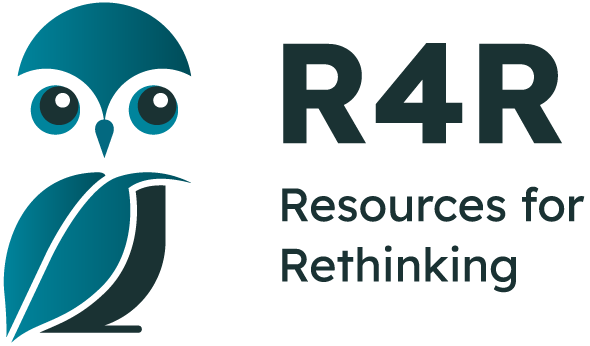- Home
- Tutorial
- Resource Guides
- Focus Areas
- LSF Programs
-
Professional
Development - Review Process
-
A project of LSF

Search for Resources

Resources
1 - 16 of 16 Results
-
Biomimicry Design Challenge
As context for the student activities, this resource draws attention to how nature has guided science and technology in the development of strategies and tools to protect our environment. Part I - Students are introduced to biomimicry and explore various...
Full curriculum matchAvailable for download -
The Future of Species
During this lesson, student will learn about the big decline in populations of fish, birds, mammals, amphibians, and reptiles during the past years. Using data around threatened or endangered species, students will create a graph and draw inferences on...
Full curriculum matchAvailable for download -
Biodiversity Audit
Students will perform a biodiversity audit of their local grounds, following similar steps as scientists would in the field. Based on their findings, they will strategize ways to increase and protect the area’s biodiversity by making it more habitable...
Full curriculum matchAvailable for download -
Don't Treat Soil Like Dirt!
Monarchs are one of our most fascinating butterfly species and have captured world-wide attention with their annual migration between Canada and Mexico. Unfortunately, climate change and human impacts on critical breeding and wintering grounds threaten...
Full curriculum matchAvailable for download -
The Great Monarch Migration
The annual migration of Monarch Butterflies between Mexico and Canada is an amazing adaptation strategy. What makes this event even more remarkable is that the butterflies that arrive in Mexico are not the same individuals that departed the Canadian breeding...
Full curriculum matchAvailable for download -
Eating Our Planet
As global populations rapidly increase so does the demand for food. Consumer expectations of high-quality produce that is available year round requires intense farming practices that involve plowing huge tracts of native grasslands and using large amounts...
Full curriculum matchAvailable for download -
How Much Water is in Your Lunch?
Human populations continue to expand, consequently so does the demand for food. Agriculture requires huge volumes of water for crop irrigation, animal hydration and processing of food products. Unfortunately, agricultural impacts on ecosystems also...
Full curriculum matchAvailable for download -
Flutters and Flowers
Without pollination many of our fruits, vegetables, nuts and grains could not grow. Insects like the Monarch butterfly provide this essential service for free and consistently support our agricultural industry, while also maintaining natural ecosystems....
Full curriculum matchAvailable for download -
How Much Water is in Your Lunch?
Agriculture requires huge volumes of water for crop irrigation, animal hydration and processing of food products. Unfortunately, agricultural impacts on ecosystems threaten pollinating insects like Monarch butterflies that are essential to growing the...
Full curriculum matchAvailable for download -
Protecting My Arctic Home
Protecting My Arctic Home is a literacy-based activity that allows students to explore how climate change is impacting life, culture and traditions in the North. Students will read the first-hand account of Alexandria Abuzanuq Ivanoff, a young indigenous...
Full curriculum matchAvailable for download -
Race to Leave No Trace
In the outdoor activity "Race to Leave No Trace" students learn about the importance of the Arctic in supplying the world with oil and natural gas. The activity also highlights the ecological significance of this fragile region and the difficulties companies...
Full curriculum matchAvailable for download -
A Little Food Waste Leads to a Lot
Food waste has become a significant environmental issue that is contributing to climate change, increased pressure on land and water resources and economic losses that drive poverty and food insecurity. This practical activity teaches young students...
Full curriculum matchAvailable for download -
Food Waste Hurts Our World
As the title of this resource suggests, “food waste hurts our world”. Methane emissions from rotting food in landfills are a leading contributor to climate change and expanded crop production can affect wildlife habitat by depleting...
Full curriculum matchAvailable for download -
How Much Food is Wasted Each Year?
It is estimated that approximately 30% of the food produced around the world is never consumed or is lost to spoilage. This resource examines how the food we throw away contributes to global environmental issues like habitat loss, greenhouse gas...
Full curriculum matchAvailable for download -
Climate Trackers
Climate Trackers is one activity in the WWF's comprehensive toolkit that explores the impacts of humans and climate change on the future of polar bears and the Arctic. In this introductory lesson, students will: define weather and climate and learn how...
Full curriculum matchAvailable for download -
Youth for the Planet
This toolkit is designed to teach students about climate change, its causes and how to take meaningful actions at home, at school and in their community. The lesson begins with a brief discussion to activate prior knowledge, followed by a slideshow presentation...
Full curriculum matchAvailable for download

